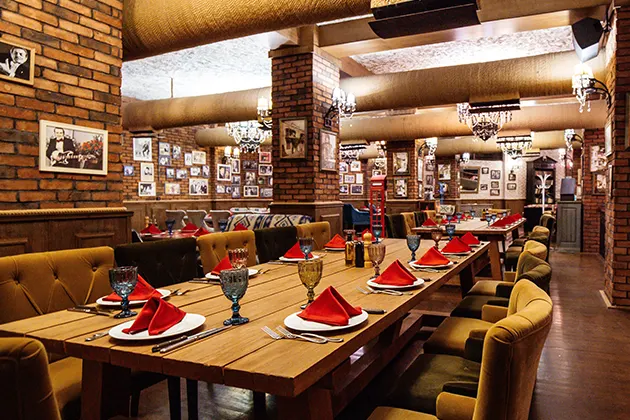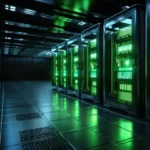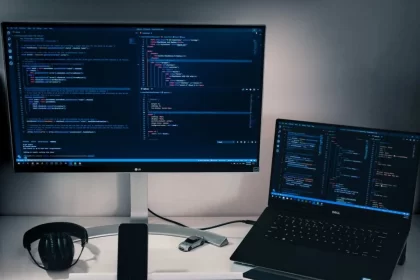Restaurant layout is among the most vital variables for success. A well-planned design not only ensures your staff can work with ease but also provides comfort and enjoyment to the customers. Whether it is a new restaurant or renovating an existing one, having knowledge about how to optimize a layout will help in customer satisfaction, increased staff productivity, and overall profitability.
Prioritizing the Customer Experience
The foundation of any great restaurant layout is the customer experience. Your design should foster a smooth flow from the moment guests enter your doors. This starts with an inviting entrance and natural traffic pattern to the host stand or order counter. Customers should never feel squished or uncertain about their next move. Ample space between tables means privacy, reduced noise levels, and comfort. When your customers are comfortable in your space, they will be more inclined to stay longer and come back.
Designing for Operational Efficiency
Besides aesthetics, your layout must also facilitate your staff’s workflow: clearly defined zones for prep, cooking, serving, and cleaning. For example, the kitchen should flow seamlessly from food storage to preparation areas, out to the serving stations. Similarly, the placement of serving stations should enable waitstaff to move around the restaurant efficiently and safely. If your restaurant will include a drive thru system, ensure the kitchen layout supports rapid order preparation without interfering with dine-in or takeout operations. Efficient layouts minimize staff fatigues and generally enhance the speed of service, for which customers would be appreciative.
Understanding Seating Capacity vs. Comfort
Quite often, maximizing your seating capacity can come with its own failures if the dining area just feels too crammed. Balance the numbers between accommodating guests and leaving the place comfortable for dining. First, choose an appropriate table-and-chair model which would fit within the space and allow ease in movement around those. Also, consider the type of seating you want. Booths tend to be quite intimate, but at the same time, communal tables promote a kind of social ambiance. Your selection needs to balance between your concept and target segment.
Leverage Technology into the Layout Plan
Modern technologies can be used effectively in coming up with a great restaurant layout. Tools like 3D modeling software enable one to experiment first without necessarily causing any physical changes. You can test the flow of the traffic to find the bottlenecks and know if the safety regulations are met or not. Some systems even allow you to simulate peak hours and show how your staff and customers flow in and around it. Using technology saves you money by allowing you to avoid costly mistakes while fine-tuning your layout for maximum efficiency.
Adapting to Changing Needs
Flexibility is very important for any long-term success in the restaurant business. Your design should be flexible to accommodate changes in consumer preference or operational needs. For example, an increasing trend toward takeout and delivery may require designated pickup areas. If you see an increase in reservations for large parties, you may want to create an area with tables that can be moved and put together for larger groups. Reconsidering your layout from time to time and making necessary changes will help to ensure that your space continues to be functional for both your business and your customer.
Creating a Memorable Ambiance
While functionality is important, the atmosphere of the restaurant also helps set a customer’s perception of their dining experience. Lighting, color schemes and décor should all play a well-thought-out role in creating a cohesively inviting atmosphere. Where the natural light can open up an area and make it more appealing, low light would create a cozy, intimate setting. Your restaurant theme or concept should drive these decisions so that the ambiance matches the experience you’re trying to provide.
An effective restaurant layout balances perfectly between operational efficiency and customer comfort. It lets your staff complete tasks without interruptions, while your guests can enjoy dining in your facility. Whether designing for dine-in, take-out, or drive-thru service, every square foot of the restaurant should be put to proper use. That way, taking a fresh look around and updating regularly will help to keep your business on top of the ever-evolving market.










